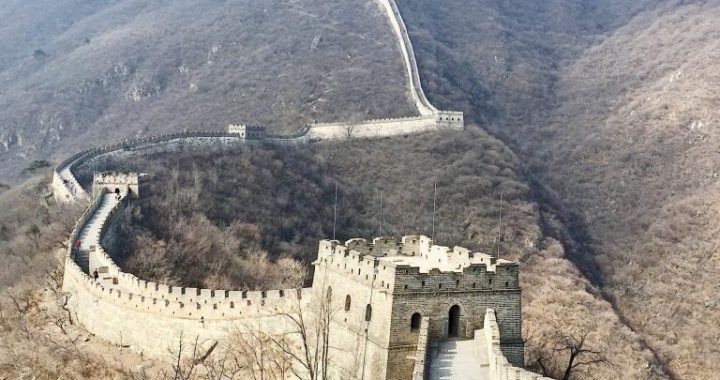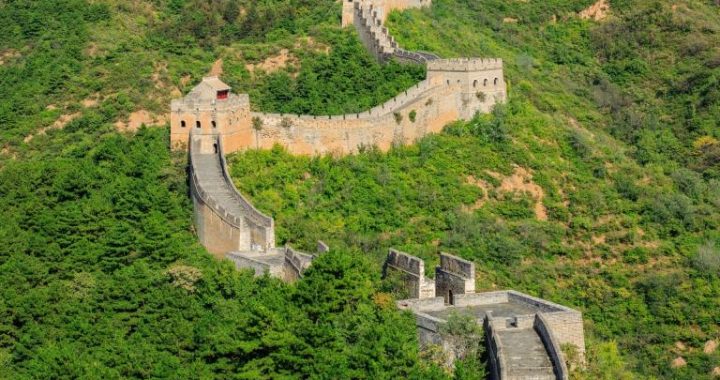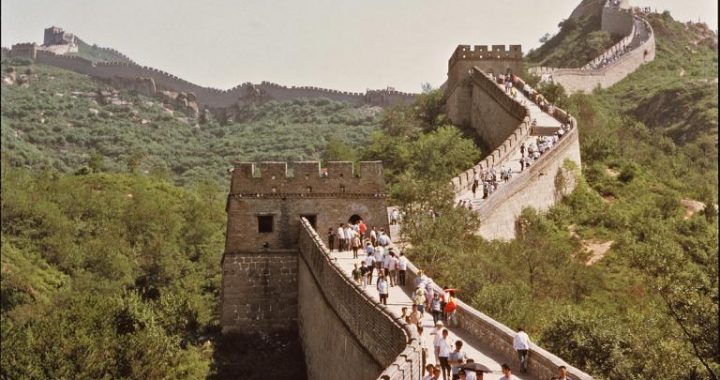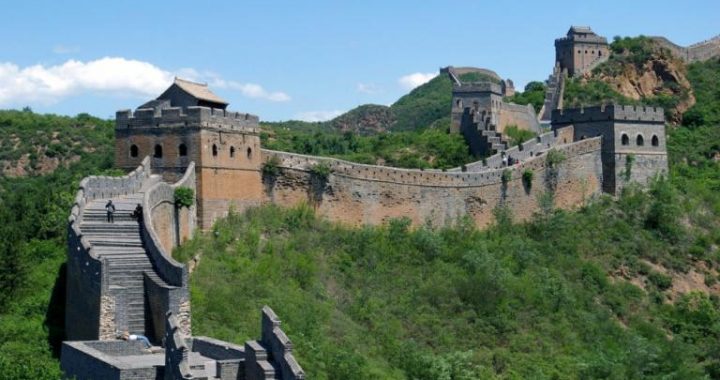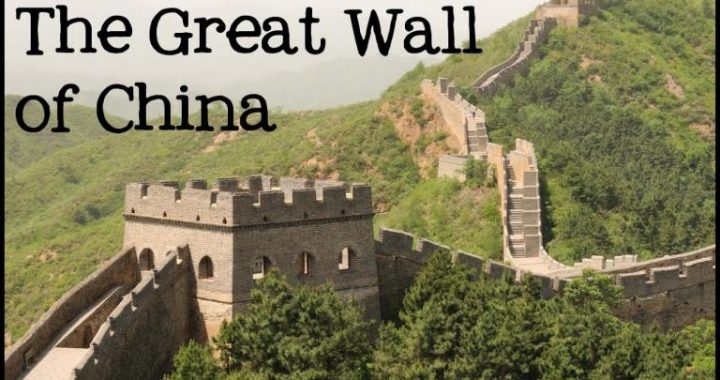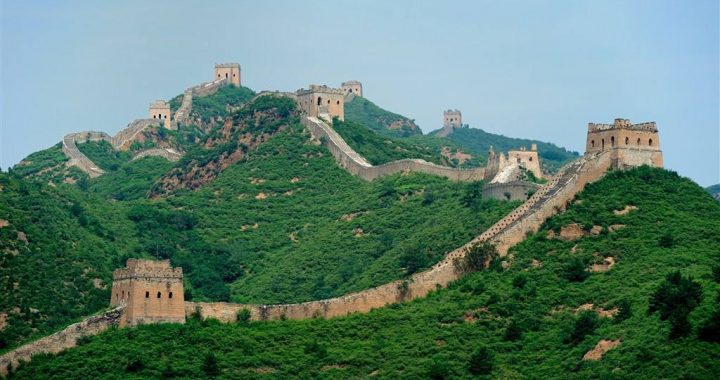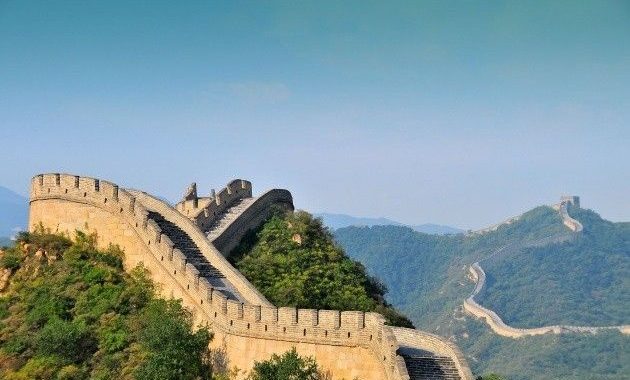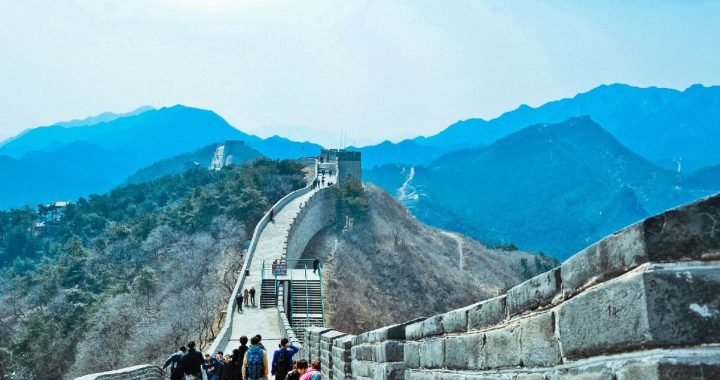The Classic of the Great Wall Badaling Section
4 min readBadaling section was the representative of the“Ten-thousand-li Great Wall”,located in Yanging County in the northwest of Beijing,60 kilometers away.It was the important screen of a very important pass of the“Ten-thousand-li Great Wall”-Juyongguan.
Badaling was the highest peak in Jundu Mountains in Yanshan Ranges,the famous place that the grand and magnificent“Ten-thousand-li Great Wall”passes Beijing.
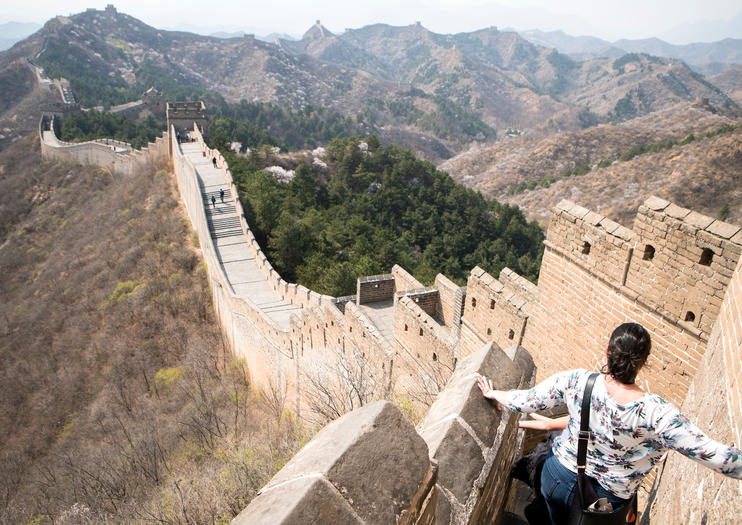
It leads to Beijing in the south, Yanqing in the north, Xuanhua and Datong in the west, hence the name of Badaling because of Lu-cong-ci-fen, si-tong-ba-da, which means “the road is divided here, extending in all directions”. The geographical position of Badaling area was very impor-tant, which has always been the strategically important military position of all the dynasties, and it was also one of the areas in which the Great Wall was built very early in ancient China. When the later dynasties built the Great Wall, this place was always the key point of defenses. The Great Wall here we see today were rebuilt in the Ming dynasty(1368-1644), on the ridge of the mountain. The walls are high and solid, built with regular and huge bricks, and the foundation was built with granites; the top of the walls are covered with square bricks with lime to fill in the seams, which was very smooth. The walls we see today are all of 8.5 meters high,6.5 meters wide at the bottom and 5.7 meters wide at the top, which can handle five horses running abreast and ten people walking side byside. Along the wall there were many beacon towers and watchtowers, with the frequency of about one watchtower in every one or half kilometer, all of which are grand and magnificent, and quite orderly. There are crenels on the watchtowers and shooting windows below, which could facilitate overlooking and shooting. The whole section ofthe Great Wall ascends from the fort to the two peaks in the south and north, hovering on the ridges of Jundu Mountains, with its head and end disappearing in the continuous mountains afar.

In the south of the entrance of Badaling there are five ancient cannons, among which the largest one is of 2.85 meters in length and 105 mm in caliber, on which there inscribed the large characters”granted to General of Invincible Might by the emperor”, and the small ones “the 1lth year of Chongzhen reign”, telling us the time when the cannon was made. The other four small cannons, which were commonly called”cow-leg cannon”, were unearthed in 1957 when people repaired the Great Wall. At that time, together with these cannons, there were 235 shells unearthed, among which the largest ones were of 125 mm in diameter and 6 kilograms in weight and the smallest ones were only of 40 mm in diameter and 0.25 kilograms in weight; these indicated that there were even larger cannons on the Great Wall in the past. When using these cannons, the soldiers had to fill the gunpowder together with the shell in to the bore, and then lighted up the fuse to make the gunpowder in the bore explode, which thrust the shell out. The power produced by the gunpowder explosion was enormous, and the longest fire range could reach more than 500 meters, which could be ranked as advanced weapons in the Ming dynasty(1368-1644).
Badaling Fort was the center of the section of the Great Wall in Jundu Mountains. The fort was first built in the 17th year of Hongzhi reign (1504) in the Ming dynasty by the Vice Military Commander Ji Guang and the soldiers. And it was rebuilt by Qi Jiguang in the 10th year of Wanli reign(1582). The fort is very grand, and the ramparts stood erect, with a width of 8.5 meters at the bottom and a height of 7.5 meters. The 3-meter-odd foundation of the fort was constructed by 8 layers of granites, and the upper parts were built by laying large bricks, making Badaling Fort one of the grandest and solidest huge posts on the Great Wall. The fort is of an irregular square, whose top isrectangle platform with crenels in the four sides to place cannons and crossbows. The fort has two gates, one in the east and the other in the west. There is a board over the western gate with four characters for “the Strategic Gateway of the North”and on the board over the eastern gate are four characters for “the Outer Post of Juyong”. At the two sides of the fort there are two watchtowers, with one on each side, connecting with the rampart and thus forming a shape of horn with the fort.

In the zigzagging Badaling section, there is a spectacular scene of”two dragons locking the mountain”, which deeply impresses everyone who has visited there. The Great Wall extends here from far away, and suddenly it stops, with no walls built but the cliff instead, and at the other side of the cliff, the Great Wall continues and extends afar. Thus, it exhibits a scene as if two gigantic dragons lying embracing the mountain, thus the name of”two dragons locking the mountain”.
Badaling section of the Great Wall is the earliest one that opens to the tourists among all the sections, and in 1961, the State Council listed Badaling section as the first group of key cultural relics units under State protection, and in 1987 it was also listed in the”World Heritage Sites”by the UNESCO.
